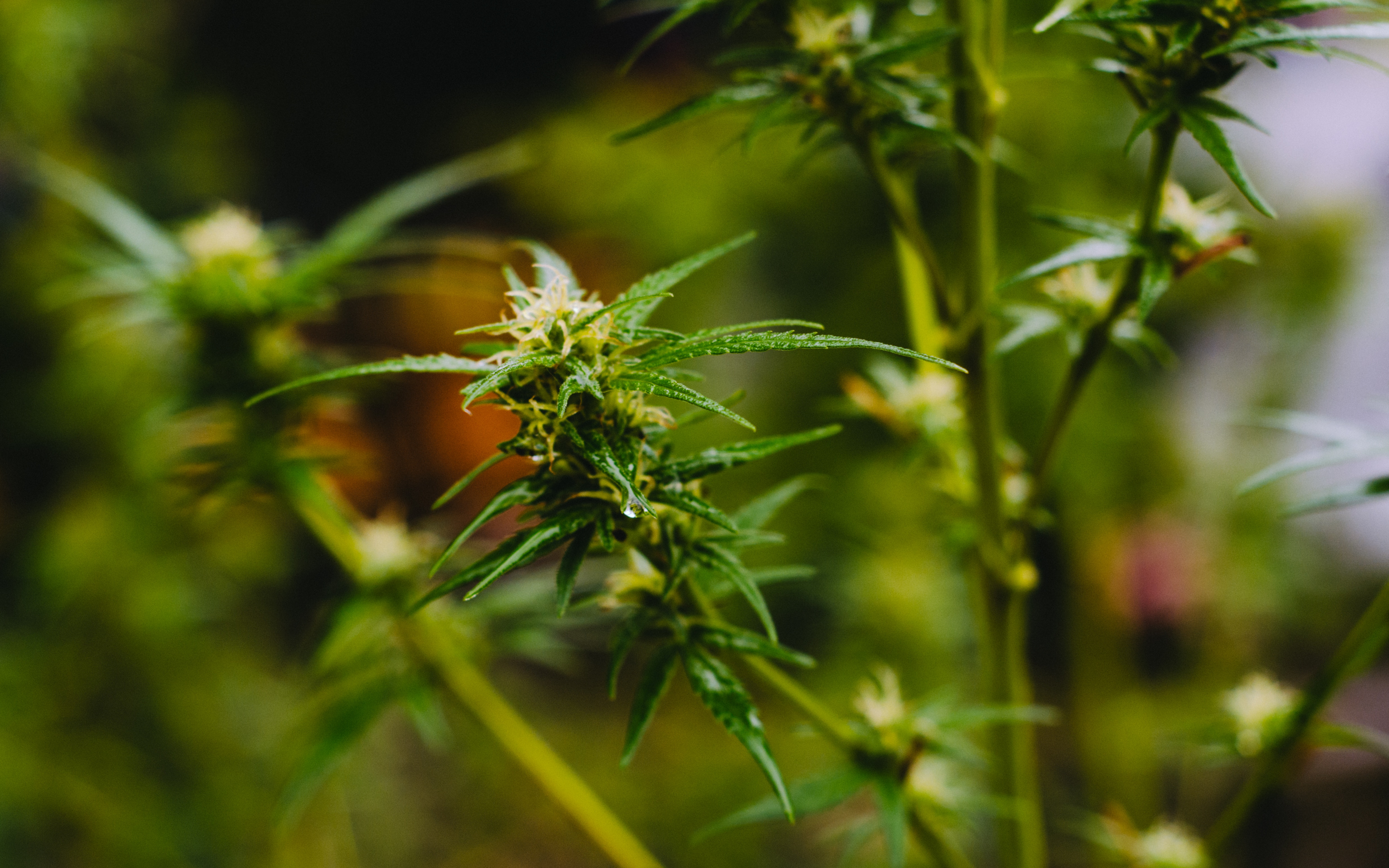
Most people are familiar with THC (tetrahydrocannabinol) cannabis’ most popular cannabinoid. When activated, it is the medication that provides pain relief but also intoxicates. This medicine provides many patients with the results that they seek. Still, THC is not right for everyone, and many patients have a difficult time dealing with the disorienting side effects. It may surprise you to find out that cannabis actually produces other lesser known cannabinoids that do not disorient and can even reduce the intoxicating effects of THC. The diversity and similarity of these medications may get a bit complicated. This is largely because cannabis is a complex plant with an extensive assortment of medicinal properties. There are numerous components in every cannabis plan, and this article will discuss a few of these lesser known cannabinoids.
 Second to THC in popularity, CBD (Cannabidiol) is quickly gaining acclaim as a medication to treat anxiety, inflammation, and a range of gastrointestinal issues. This medication has gained so much popularity that we felt it deserved its own article: What is CBD and How is it Different from THC?
Second to THC in popularity, CBD (Cannabidiol) is quickly gaining acclaim as a medication to treat anxiety, inflammation, and a range of gastrointestinal issues. This medication has gained so much popularity that we felt it deserved its own article: What is CBD and How is it Different from THC?
Patients with ocular pain, glaucoma, and headaches might find relief from some strains of cannabis but not others. There is a good chance that the cannabis they find most helpful contains around 3% or more CBG (Cannabigerol). This cannabinoid has been linked to reducing ocular swelling and is the reason cannabis has been used to help patients with glaucoma. For more information on using cannabis to treat glaucoma, read Cannabis & The Treatment of Glaucoma. You might be hard pressed to find cannabis with a high percentage of CBG, but many popular strains contain a decent amount of the medication. Provisioning centers should regularly test their cannabis; however, they typically only advertise the THC and CBD percentages. If you inquire, it should not be difficult to look through the recent test results and find the flowers with the most CBG.
Certain strains of cannabis are used by many patients as a sleep aid. Although cannabis flowers with a high THC can result in lethargy and induce sleep, sometimes too much THC can instead cause insomnia and anxiety. Often, patients turn to CBD because it is easy to find; however, it may be too subtle of a medication to really put you down. The ideal cannabinoid to aid in getting a good night’s rest is CBN (Cannabinol). CBN is also a natural analgesic, providing similar effects to that of aspirin. This medication is not usually found in fresh cannabis; however, when cannabis flower ages, the THCA slowly turns into CBN. Some believe that you can also produce CBN by over decarboxylating the THCA in fresh cannabis. It might be difficult to find CBN at provisioning centers, but with a little bit of experimentation at home you might be able to produce your own.
As more research focuses on cannabis, the more we discover about the different types of medicines and potential medicines the plant has to offer. Other cannabinoids like CBC (Cannabichromene) have been shown to have some therapeutic effects, but their full potential remains largely a mystery. Many people looking for energizing cannabis seek out sativa strains, but they might benefit from a cannabis flower high in THCV (Tetrahydrocannabivarian). THCV is often found in landrace strains like Durban Poison, and it usually has an incredibly stimulating effect. Every cannabis plant will have a unique makeup of cannabinoids, and the plant’s entire medicinal profile needs to be considered when medicating.
Many patients find flower and full spectrum concentrates beneficial because their complex medicinal makeup often works more effectively in conjunction. These combined efforts are often referred to as an “entourage effect”. For example, THC by itself may not provide relief to a patient suffering from a migraine; however, THC in combination with CBG and CBD could dramatically reduce built up pressure and provide a better pain relief. Cannabis has been cultivated as a medicine for thousands of years. We have grown with cannabis, and cannabis has grown with us. Part of the reason cannabis provides such a wide range of medicines is due to this agricultural relationship, which has allowed us to crossbreed cannabis to promote its holistic properties. As research continues, we learn more and more about the vast number of potential medicines cannabis has to offer, and we become better at growing strains that promote these ideal genes.
Interested in learning more about using cannabinoids and their uses? Schedule a visit with an expert. If you’re in the Ann Arbor area, contact the team at Arbors Wellness for a free consultation.